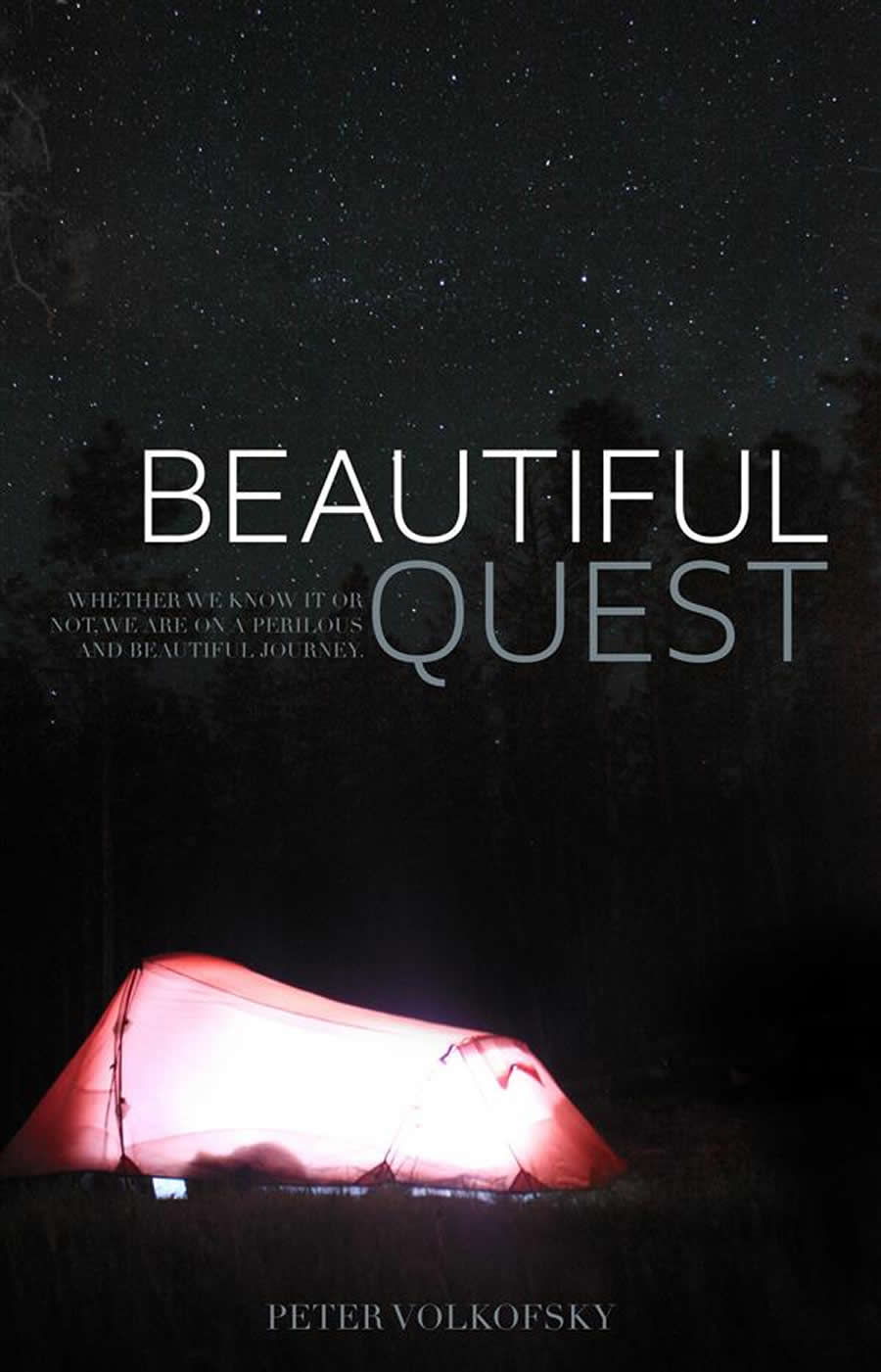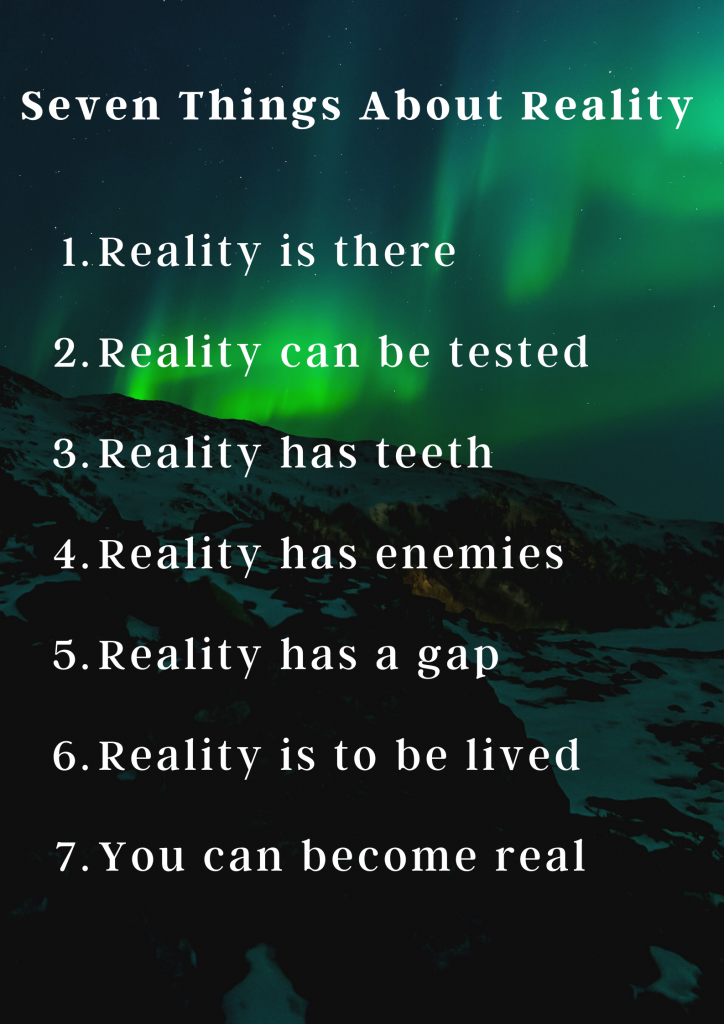One way forward could be to invite our brothers and sisters to express their grief and lamentation in letters, songs and works of art. There will be an instinct to edit this material but with trust being so important here, any editing would have to be done with the permission and approval of the author/creator of the work. People could then gather at agreed times to sing, to read the letters aloud, sit in the presence of the works of art, walk, pray and perhaps even celebrate. Each person would be free to engage (or not) in these public expressions in a way that is appropriate for them.
Arrangements would need to be minimal so that participants could come and go as they wish and engage in the way they would like to. There might be some, for example, who will wonder what all the fuss is about because for them there is no need to lament. Others may well be in the midst of such personal pain that coming together with others will be impossible.
Teaching, instruction and counselling may be offered but would not be the focus. What would not be appropriate is efforts at advice, fixing or blaming etc. what is referred to in Michael Collin’s biography as that ‘Long wrestle between the ghosts and realities, with all the stored up spleens…flaming through the rhetoric’.6 These things might be expressed but would have to be processed differently.
Whatever we do we must listen carefully to each other, the voices of our forebears, the Holy Spirit and take a bit of a ‘make-it-up-as-you-go’, ‘tailor-made’ approach. It seems that men, for example, tend to come at this differently to women, so there would have to be provision made for times where it would be ‘men only’ and ‘women only’. Then there is the need for some kind of advocate who will serve the community by helping to build mourning and lamentation into the annual rhythms of life.
Some more words from Walter Brueggemann are relevant here, re: the interplay between the canonical (organisational) and the imaginative approach to Israel’s interpretation of her story and our implied participation—as the offspring of Israel—in her ongoing story…
‘To be sure, the playfully imaginative by itself without the normative dissolves the text in a way that is of little help to a missional congregation. Thus, on the one hand, the danger of the canonical by itself is in the direction of repression; the danger of the imaginative playful by itself, on the other hand, is to dissolve the text away from the gravitas of mission. It is my judgment that the interface between the canonical and the imaginative is exactly the way the most responsible and faithful interpretation takes place.’7 For a Body of Christ contemplating lamentation, that messy space between established tradition and the imaginatively playful is where they will probably find themselves.
6 Tim Pat Coogan, Michael Collins (Arrow, London, 1991) p. 302. Coogan’s reference is a quote from Desmond Ryan’s book Remembering Sion (Barker, 1934) pp. 278-279.
7 Brueggemann W. An Introduction to the Old Testament: The Canon and Christian Imagination, (Westminster John Know Press, Louisville, Kentucky, 2003) p. xii






